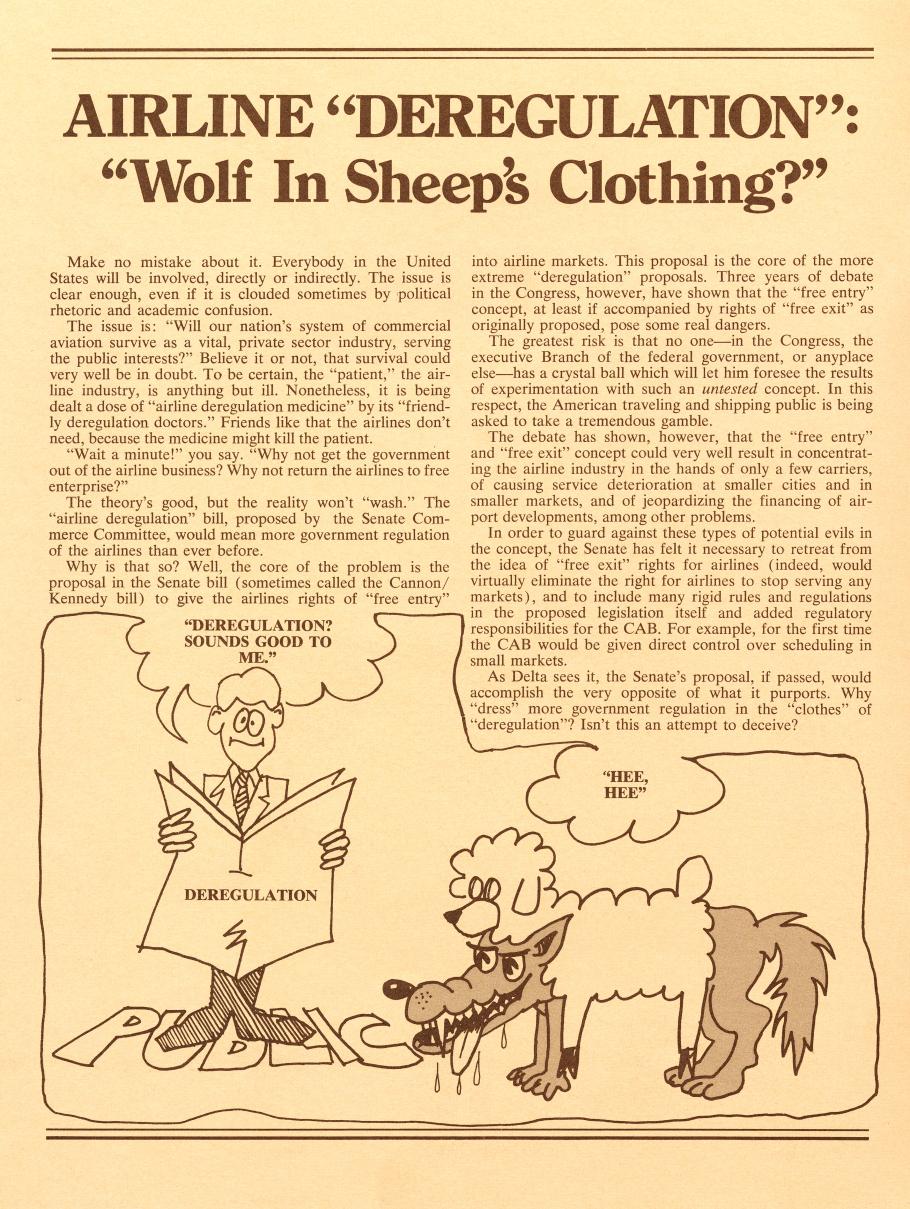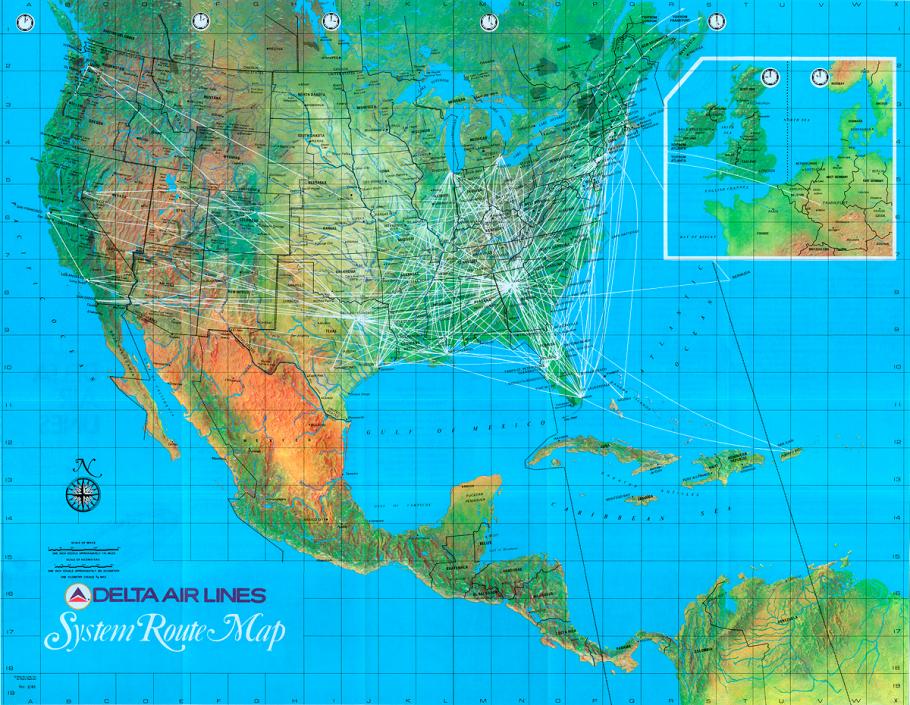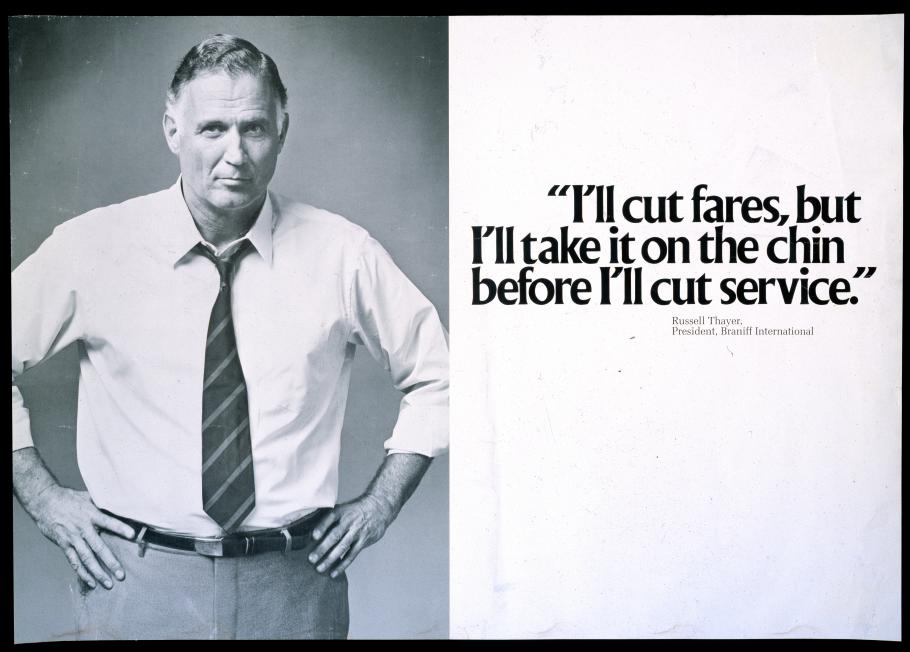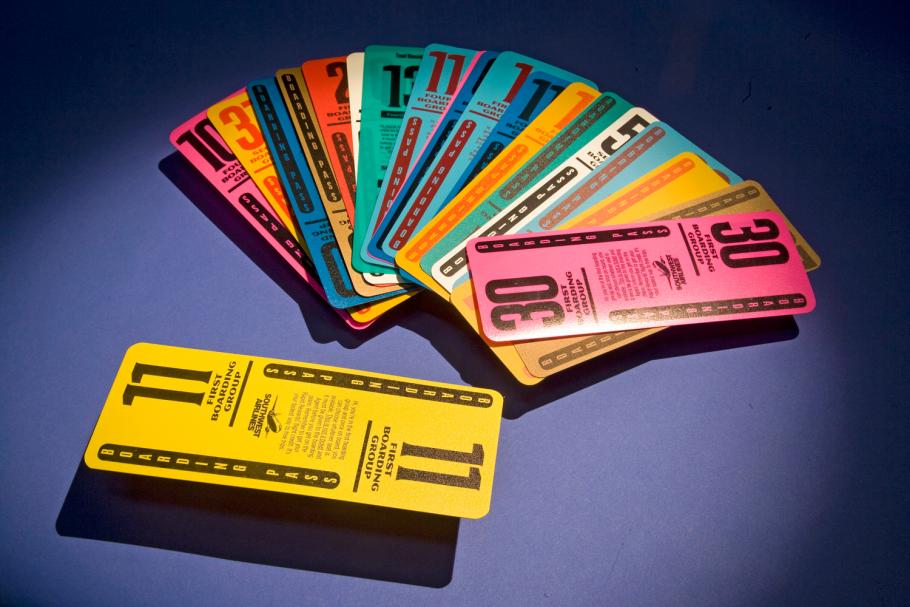In 1978, Congress passed a law allowing airlines to set their own fares and routes, an event that transformed the commercial airline industry and the passenger experience. Regulation by the federal government had enabled airlines to prosper in their infancy, but it also kept fares high and prevented airlines from operating as efficiently as possible. Many thought the Civil Aeronautics Board, which regulated aviation, had outlived its usefulness.
To start, Congressional investigators compared fares of regulated airlines flying between states with fares of unregulated airlines flying within states. They found that unregulated airlines charged far lower fares. Sweeping change was needed, and Congress decided it would need to take action.
How did the airlines react? Most airlines strongly opposed deregulation and encouraged their employees to lobby against its passage. Their fears of a destabilized industry would prove to be well founded.
Cornell University economist Alfred E. Kahn was among the first to view the airline industry strictly as a business. He believed that breaking up the industry structure would create new airlines, increase competition, and lower fares. President Carter appointed him chairman of the Civil Aeronautics Board to lead the nation into airline deregulation.
Passed with bipartisan support, the Airline Deregulation Act phased out the Civil Aeronautics Board and immediately lifted restrictions on fares and access to routes. Airlines could now fly where they wanted and charge what the market would bear.
Established airlines rushed to gain or preserve access to the most lucrative routes. New airlines quickly formed. Fierce competition resulted and drove fares down. Passengers flocked to airports in record numbers.
Deregulation spurred the creation of dozens of new airlines and prompted many smaller airlines to expand. PeoplExpress, Presidential, New York Air, and other new airlines arose. Local and regional airlines like Air Florida, Frontier, and Ozark tried to expand nationally.
Eastern, Braniff, Delta, Continental, Western, and Northwest also extended their networks to compete with the largest carriers. Some intrastate airlines, including Pacific Southwest, Air California, and Southwest, expanded too. Faced with all this new competition, established airlines tried to lure passengers with lower fares and curbed costs by cutting cabin service.
Deregulation also lifted restrictions on where airlines could fly. To increase their efficiency, airlines adopted the hub-and-spoke system using a few major airports as central connecting points. This strategy maximized aircraft use, increased passenger loads, and kept more aircraft flying. But it also increased airport and air traffic congestion and eliminated many convenient nonstop flights. And if one airline dominated a hub, the lack of competition often led to higher fares.
When recession hit in the early 1980s, compounded by an air traffic controllers strike in 1981, the industry began to suffer losses. Many airlines had over-expanded and found themselves desperately fighting for a share of a decreasing market. Large, well-managed, well-financed airlines, such as American, United, and Delta, weathered the storm during the 1980s. But Braniff, Eastern, and many others could not and were forced into bankruptcy and extinction.
Struggling to survive, airlines cut wages and benefits, but this strategy resulted in strikes and lower productivity. Operations were streamlined and thousands of employees laid off. Some feared these efforts would compromise safety, especially if necessary maintenance was deferred to save money, but these fears proved groundless.
Merger mania swept through the industry. By the late 1980s, old names such as National, Western, Piedmont, Ozark, Pacific Southwest, and Air Cal were gone. So were most of the new airlines, including PeoplExpress and New York Air.
Once the United States’ leading international airline, Pan Am's level of service faltered in the 1970s, and the airline began to lose passengers. To gain a domestic network, it bought National Airlines in 1980, but the merger proved costly. The airline began selling its assets, including its lucrative Pacific routes and the famous Pan Am Building in New York. The bombing of Pan Am Flight 103 over Lockerbie, Scotland, in 1988 dealt a further blow. America's leading international carrier since 1928, Pan American ceased flying in December 1991.
Southwest Airlines is an example of an airline that prospered from deregulation. Southwest began as a small carrier flying between Houston and Dallas. Under Herb Kelleher's innovative management, it quickly grew into one of America's largest, most efficient, and most profitable airlines.
Emphasizing "no frills" cabin service, and using only Boeing 737s to minimize costs, Southwest pioneered direct service between underserved downtown airports in large metropolitan areas and smaller cities. To sidestep competition, it moved into satellite airports of major cities. Southwest became a model for a new generation of airlines.
Since deregulation, travelers have benefited from low fares and more frequent service on heavily traveled routes; on other routes, fares have risen. But in exchange for low fares, passengers have had to sacrifice convenience and amenities. What would you be willing to sacrifice for a cheaper fare?





